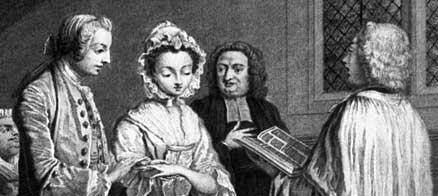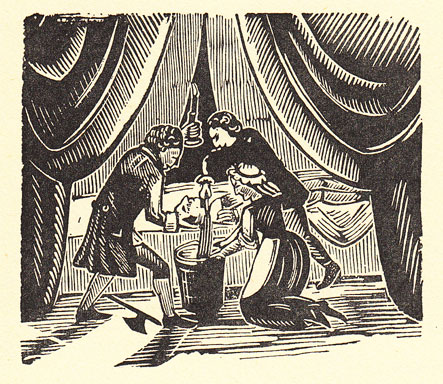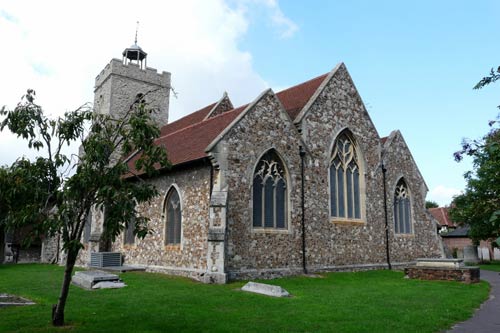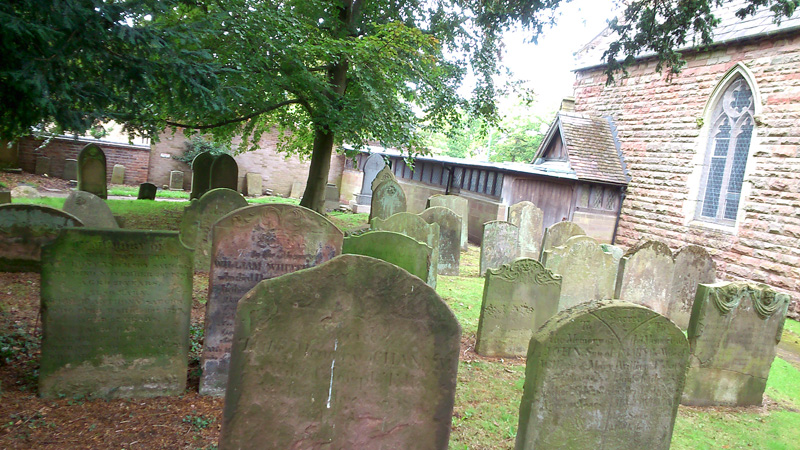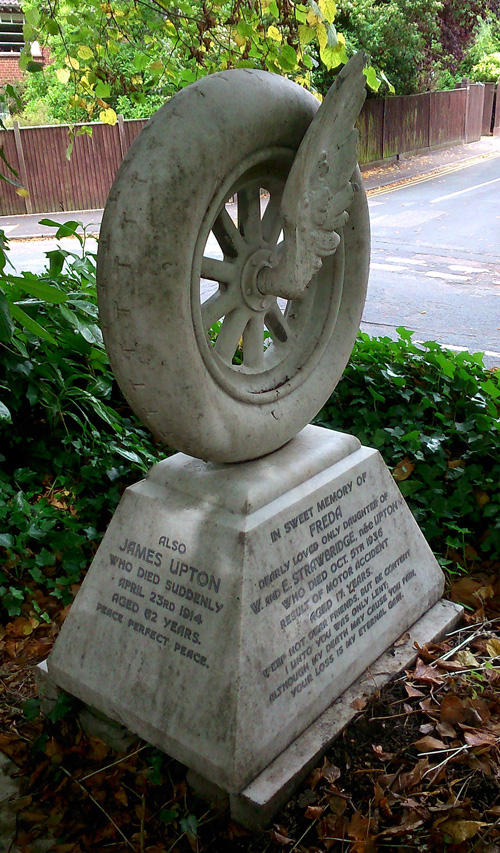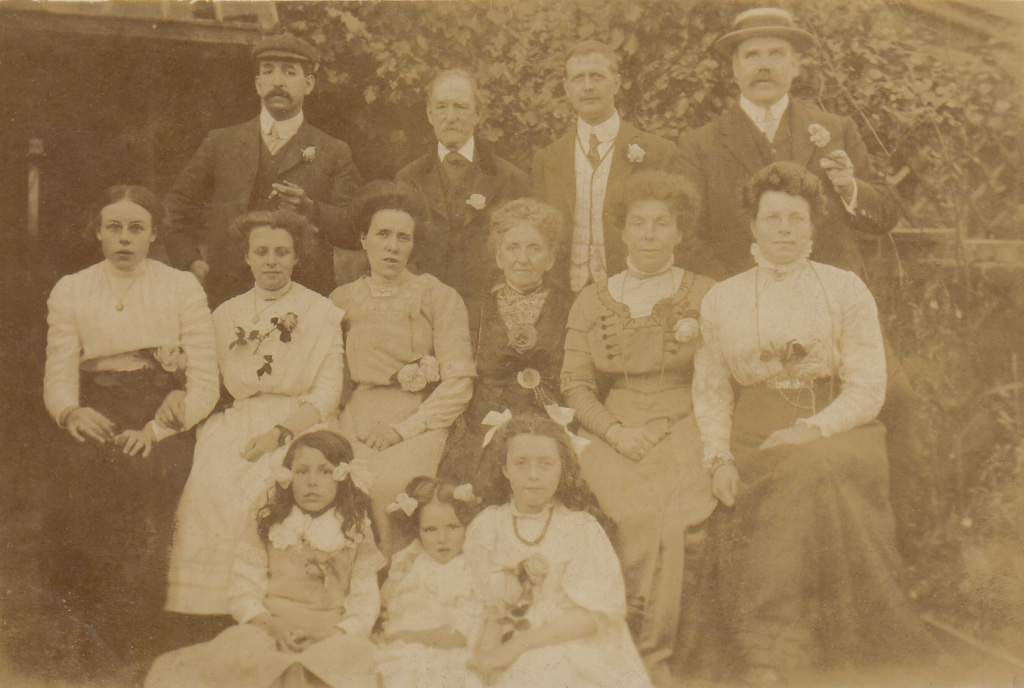
I’m very lucky that so many photos of my relatives have survived. The above is one of my favourites – a family group – and I have been trying for some time to identify all the sitters. On the back row on the left, we have my great-grandfather, John Henry Nunn (1862-1936). On the middle row, third from the left, we have John’s wife – my great-grandmother Frances Louise, née Ashworth (1876-1961). The older lady sitting on Frances’ left was identified by my grandad’s cousin Dorothy (1912-2011) as Elizabeth, née Shrimpton (1840-1915).
Dorothy remembered Elizabeth (her grandmother) as an elderly, bedridden lady, who didn’t seem to mind her young grandchildren romping about on her bed.[1]Dorothy was remembering something that happened to her as a toddler, which might make people scoff, but I have oddly vivid memories from that age myself – snapshots of being at playgroup before … Continue reading Elizabeth was the mother of nine children, and grandmother to many more. Her life story is quite interesting – it turns out that she was never actually married to her second husband, James Thomas Ashworth (1849-1890), and as a teenager, she hung about in a London park with an uncle, a soldier invalided out of the Army during the Crimean War. She was illegitimate and it seems that she moved from Chesham in Buckinghamshire (where she was washed under the pump every morning in the yard outside their cottage, even in the middle of winter) to London with her aunts.
But aside from that – I wanted to see if I could date the above photograph (which might help me identify the people in it), and so analysed it for possible clues.
Footnotes
| ↑1 | Dorothy was remembering something that happened to her as a toddler, which might make people scoff, but I have oddly vivid memories from that age myself – snapshots of being at playgroup before I started school, and of my brother’s birth when I was three. |
|---|


